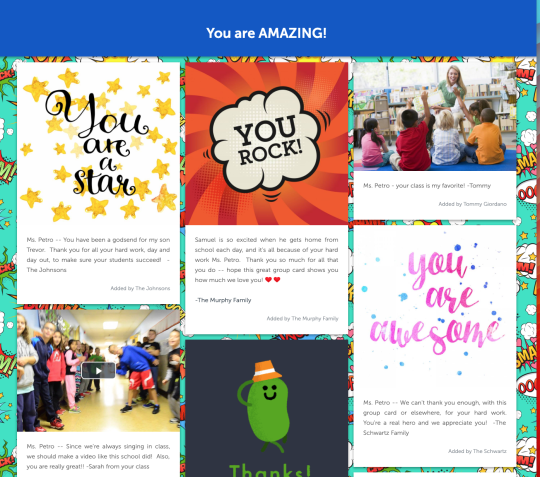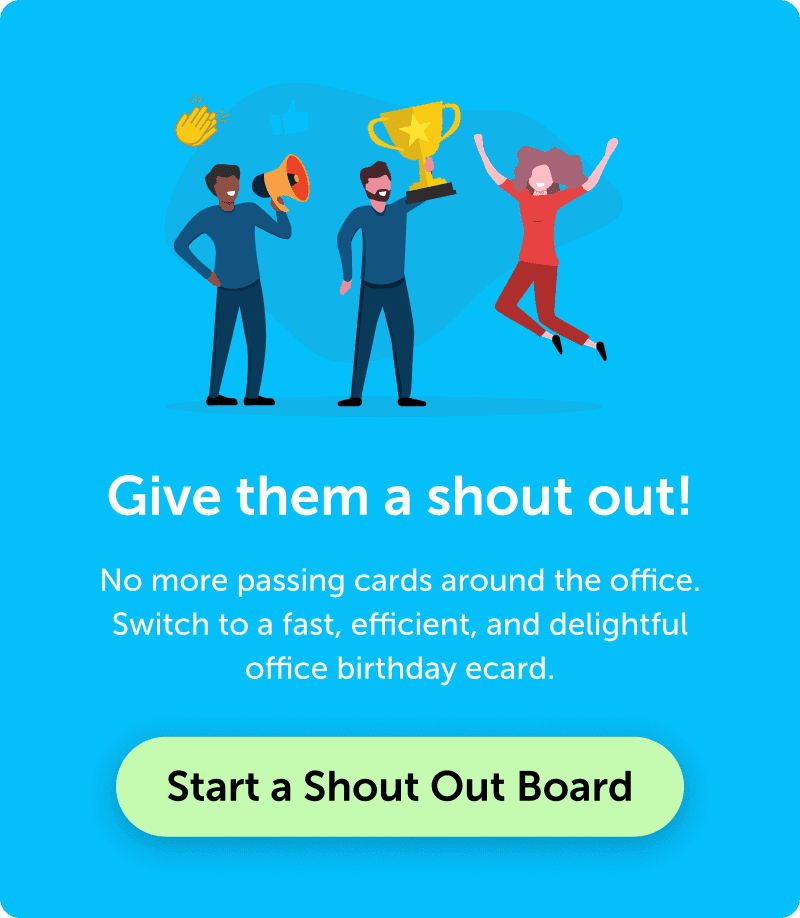Welcome to 2022, where businesses are managing The Great Resignation, soaring inflation, hybrid work shuffling, and a looming recession. The last thing your business needs is a mass exodus of your trained and talented employees. How can you prevent employee turnover—and why is it such a big deal? We’ve got everything you need to know about employee retention in the current climate.

What is Employee Retention?

Employee retention is a metric and strategy concerned with the employees who are staying or leaving your organization. According to Oracle, “employee retention is defined as an organization’s ability to prevent employee turnover, or the number of people who leave their job in a certain period, either voluntarily or involuntarily.”
Employee turnover is the number of employees who leave your organization. When we talk about employee retention and turnover, we’re usually referring to employees leaving for better jobs, but it also includes employees who are let go due to underperforming or leave due to cultural problems (otherwise known as regrettable attrition).
According to labor statistics, over 42 million Americans left their jobs in 2019, and the trend has increased over the pandemic and Great Resignation.
Employee turnover is costly, and employee retention is a key metric for determining the health of your business. Let’s take a look at the causes of turnover, how you can prevent them, and how to create policies that will improve your employee retention and general job satisfaction.
Employee Turnover Causes
Employees leaving your business can stem from a variety of factors. While you should be concerned about employee turnover generally, understanding the unique causes can help you construct a better employee retention strategy. While the only way to know for sure is to conduct an exit interview with the departing employee, here are some common factors.
Common Employee Turnover Causes
- Personal/Private: Employee is quitting due to a family situation, move, or personal goals.
- Work-Life Balance: Employee is quitting to seek a more flexible work situation, or one that fits their lifestyle more comfortably
- Poor Fit: Employee is quitting because the job, company, or outcomes aren’t a good fit, or low job satisfaction.
- Work Connections: Employee is quitting due to issues with managers or coworkers.
- Dead End: Employee is quitting to pursue promotions, growth, development, or general upward mobility that doesn’t exist in the current job.
- Money: Employee is quitting to take a job with more pay and better benefits.
It’s critical that you learn WHY employees are leaving. It’s easy to assume everyone is leaving for personal reasons since your company wouldn’t have to take any responsibility, but until you realize that most of your employee turnover is due to, say, work-life balance issues causing low job satisfaction, you’ll be unable to fix it with institutional change and a killer employee retention strategy.
How to Improve Employee Retention

Once you realize that your employee retention rate can be improved, how do you do it? The very first and most important step was already mentioned above: determine the causes. Figure out why you are losing talent. If there’s one common theme—that’s a clear fix. If there are scattered causes, it may not be an easy solution but you will be armed with the information you need to create strong employee retention strategies.
Employee Turnover Causes and Solutions
| Cause | Potential Solution |
| Personal/Private | Ensure strong mentor & manager relationships, higher engagement |
| Work-Life Balance | Assess your flexible work policy, working hours, time-off, and holidays |
| Poor Fit | Improve hiring processes and job descriptions |
| Work Connections | Improve human resource management and conflict resolution practices |
| Dead End | Provide opportunities for development, promotion, engagement, and growth |
| Money | Perform regular compensation audits and calibration, improve total compensation packages |
Even better than addressing issues after they’ve surfaced is to get proactive. Notice potential turnover risks (like employee burnout) before it’s too late and work to allay their concerns with real action and employee retention strategies.
Ways to Prevent Employee Turnover Proactively
- Send regular surveys and conduct regular one-on-ones to gather employee feedback
- Develop a more rigorous new employee hiring process
- Train managers on early signs of disengaged employees
- Establish an employee retention bonus for disengaged employees
- Create regular promotions, raises, and incentives
- Optimize employee benefit packages
- Increase workplace appreciation practices
- Offer greater flexibility and work-life balance
- Conduct market research and adjust compensation accordingly
- Establish a retention bonus
Why Do We Need an Employee Retention Policy?

Now that you understand the basics of what employee retention is and how it can show up in your workplace, it’s time to dive into what it means for your business and how to prevent voluntary turnover.
What is an Employee Retention Policy?
An employee retention policy is a set of practices and expectations for your organization designed to minimize employee turnover. A carefully crafted and executed employee retention policy should keep the majority of your employees happily working at your company for extended periods of time.
An effective employee retention strategy can include elements such as compensation, promotion cycles, employee benefits, career development, rewards and recognition, perks, and more. An employee retention policy doesn’t need to include every single element but should reflect the needs of your employees.
Benefits of an Employee Retention Policy
- Lower rates of employee turnover
- Increased workplace satisfaction and employee morale
- Increased levels of engagement
- Ability to develop desired talents in current employees
- Employees with better and more experience in their roles
- Less time lost to hiring
- Retaining talent
- Better customer experience
- Stronger company culture
- Increased profits
Is it Time for an Employee Retention Policy?
If you don’t have formalized employee retention strategies, it may be time to create one. In this current economic climate, employees are leaving jobs at a rapid pace. Proactive efforts to keep your employees happy at work can prevent the costly consequences of turnover.
Chances are, some of your existing policies will fit under the umbrella of “employee retention.” Anything that is designed to keep employees healthy, happy, safe, and productive at work will help keep your employee retention rate high.
3 Steps to Creating an Employee Retention Policy
It’s time? Let’s get started. Here’s how to create your own employee retention policy.
- Listen. Take a deep dive into your employee experience. If you don’t know what makes your employees happy or unhappy, your policy will be largely ineffective. Discover the biggest gaps in your current policies and brainstorm potential fixes.
- Conduct market research. How much are engineering managers being paid at similar companies? What have inflation and local cost-of-living done to your employee’s personal economics? Underpaid employees are the largest turnover risk.
- Create & iterate. Once you know your gaps and market risks, create an employee retention strategy to address them. But you’re not done! Keep monitoring your employee retention rate and workplace satisfaction to find even better solutions for your employees.
Employee Retention Made Easier

A conscious plan can make a world of difference in your workplace. By analyzing employee needs, you can create a more effective employee retention strategy that strengthens your workforce and benefits your bottom line.
For workplace appreciation that actually WORKS (we’re talking improved morale and job satisfaction), Elevate by Kudoboard is the most effective option. Learn more about affordable workplace appreciation today.





